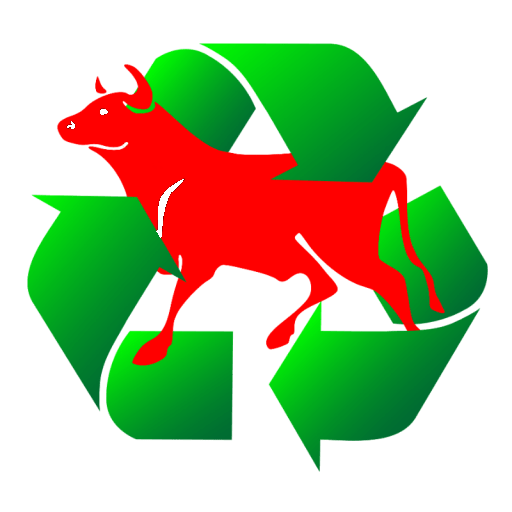Latin America is known for its thriving livestock industry, with cattle farming being a significant contributor to the region’s economy. In recent years, the demand for beef has been steadily increasing, leading to the establishment of more feedlots across the continent. This article aims to provide a comprehensive review of bovine livestock management in feedlots in Latin America, focusing on key practices, challenges, and opportunities in the industry.
Feedlot Management Practices
Feedlots play a crucial role in the beef production chain, as they provide a controlled environment for cattle to be fed and prepared for slaughter. In Latin America, feedlot management practices vary depending on factors such as climate, available resources, and market requirements. However, some common practices include:
- Nutrition: Feedlot operators carefully formulate diets to meet the nutritional needs of their cattle. This often involves a combination of grains, forages, and supplements to ensure optimal growth and weight gain.
- Healthcare: Regular veterinary care is essential in feedlot management. Cattle receive vaccinations, parasite control treatments, and routine health checks to prevent the spread of diseases and maintain overall herd health.
- Housing and Facilities: Feedlots provide shelter and infrastructure to protect cattle from extreme weather conditions. Adequate ventilation, clean water supply, and proper waste management systems are crucial for maintaining animal welfare and preventing environmental contamination.
- Animal Welfare: Feedlot operators adhere to strict animal welfare standards, ensuring that cattle have access to clean water, proper nutrition, and sufficient space for movement. Regular monitoring and handling techniques are employed to minimize stress and promote overall animal well-being.
Challenges in Bovine Livestock Management
While feedlots offer numerous benefits in terms of efficiency and productivity, they also face several challenges in Latin America. These challenges include:
- Environmental Impact: The intensive nature of feedlot operations can have negative environmental consequences if not managed properly. Issues such as water pollution, soil degradation, and greenhouse gas emissions need to be addressed through sustainable management practices.
- Disease Control: The close proximity of animals in feedlots increases the risk of disease transmission. Effective biosecurity measures, such as quarantine protocols, vaccination programs, and strict hygiene practices, are essential to prevent disease outbreaks and ensure the health of the herd.
- Quality Assurance: Maintaining consistent beef quality is crucial for market acceptance. Feedlot operators need to implement quality assurance programs that monitor factors such as animal health, feed quality, and carcass characteristics to meet consumer expectations.
- Traceability: With growing concerns about food safety and sustainability, traceability has become a significant issue in the livestock industry. Implementing systems that track the origin, movement, and management practices of cattle in feedlots is essential for ensuring transparency and meeting regulatory requirements.
Opportunities for Improvement
Despite the challenges, there are several opportunities for improving bovine livestock management in Latin American feedlots:
- Technology Adoption: Embracing technological advancements, such as precision feeding systems, remote monitoring, and data analytics, can enhance feedlot efficiency, reduce resource waste, and improve overall management practices.
- Sustainable Practices: Implementing sustainable management practices, such as waste management systems, water conservation measures, and renewable energy sources, can help mitigate the environmental impact of feedlot operations.
- Collaboration and Knowledge Sharing: Encouraging collaboration and knowledge sharing among feedlot operators, researchers, and industry stakeholders can lead to the development of best practices, innovative solutions, and continuous improvement in bovine livestock management.
- Consumer Education: Educating consumers about the benefits of feedlot operations, including improved animal welfare, efficient resource utilization, and consistent beef quality, can help build trust and support for the industry.
In conclusion, bovine livestock management in feedlots in Latin America is a complex and evolving field. By implementing effective management practices, addressing challenges, and embracing opportunities for improvement, the industry can continue to thrive while ensuring sustainable and responsible beef production.
